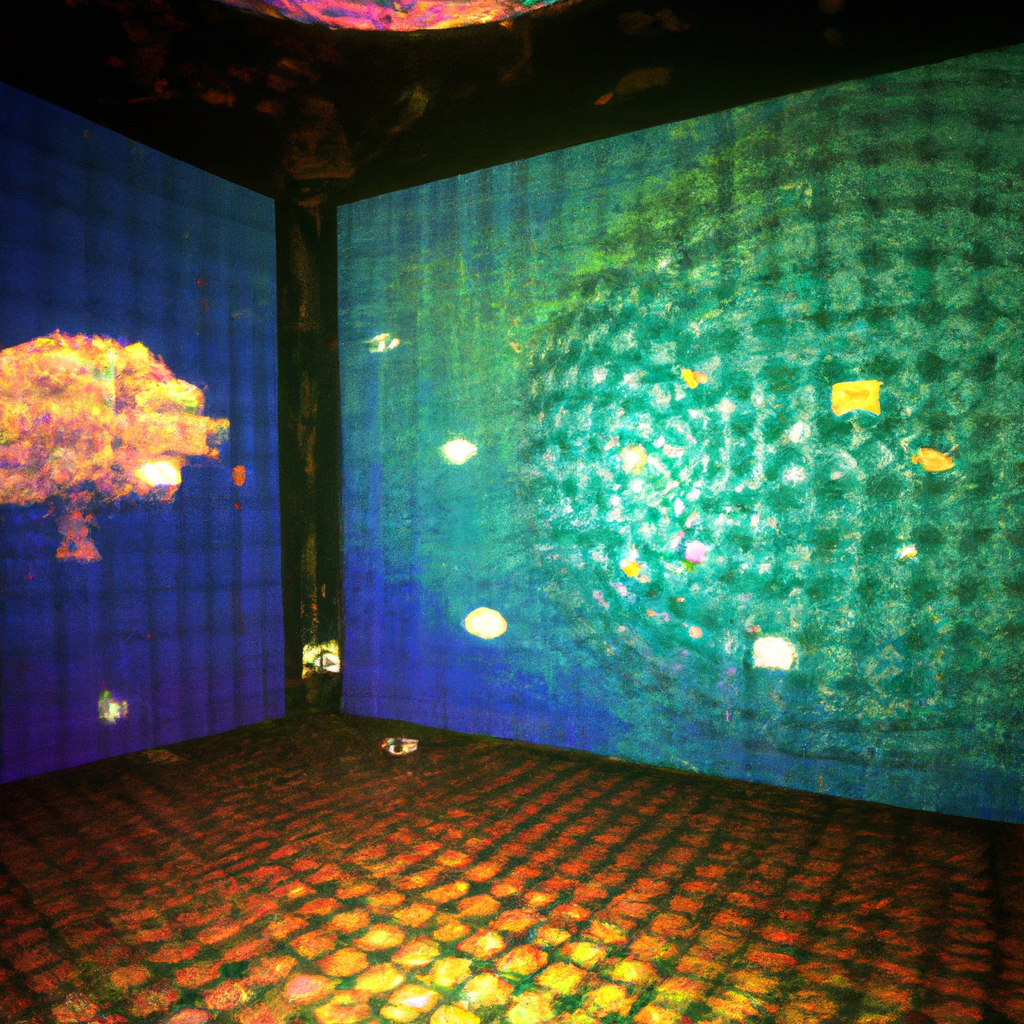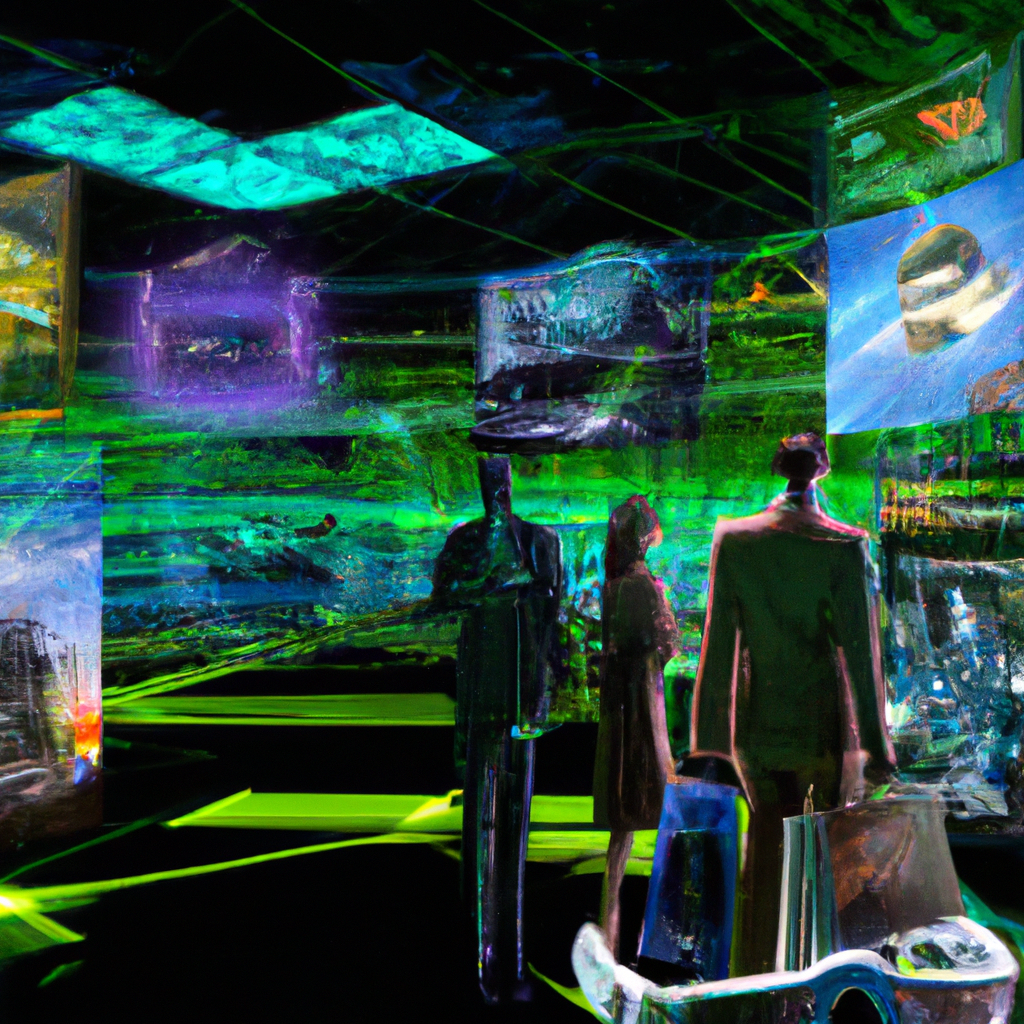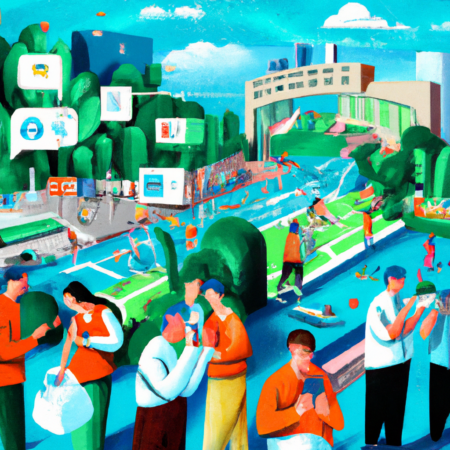The Rise of Virtual Reality Art Galleries: Exploring the 2025 Cultural Landscape
As we navigate deeper into the 2020s, the intersection of technology and art continues to evolve, giving rise to a new cultural phenomenon: Virtual Reality (VR) Art Galleries. These immersive spaces are not only redefining how we experience art but are also shaping the cultural landscape of 2025.
In the early days of VR, the technology was predominantly used for gaming and virtual meetings. However, the potential for VR in the arts has seen exponential growth, driven by advancements in VR technology and increased accessibility. Artists and curators alike are now harnessing the power of VR to create and display art in ways that were previously unimaginable.
Understanding the Appeal of VR Art Galleries
VR art galleries offer a unique blend of accessibility and exclusivity, making art more accessible to a global audience while creating unique, personalized experiences that can’t be replicated in physical spaces. This has democratized art consumption, allowing people from all walks of life to engage with art without the need to travel.
Furthermore, VR art galleries have opened up new avenues for artists. They can now create without the constraints of physical space, enabling them to think beyond traditional mediums and scales. This has led to a new wave of artistic expressions that challenges our perceptions of what art can be.
The Impact on Artists and Audiences
For artists, VR offers an unprecedented platform to reach a wider audience. It also provides a new form of artistic expression that encourages experimentation with space, scale, and interactivity. For audiences, VR art galleries provide an immersive experience that is both intimate and expansive, offering deeper engagement with the artwork.
The impact of VR on the art world is also significant in terms of cultural exchange. Artists from different parts of the world can exhibit together in a single virtual space, fostering a more interconnected global art scene.
Case Studies and Trends in 2025
Several leading art institutions have embraced VR. For example, the Virtual Modern Art Museum (VMAM) launched in 2023, has seen over a million virtual visits in just two years. The museum features digital replicas of famous artworks and interactive installations that are exclusive to the virtual environment.
Emerging trends include live VR art creation events, where artists create new works in real-time, and hybrid exhibitions that combine physical and virtual elements. These hybrid spaces are particularly popular among younger demographics who value the integration of digital and physical experiences.
Looking Towards the Future
As we look to the future, the role of VR in the arts is likely to grow even more significant. With the ongoing improvements in VR technology, such as enhanced resolution and better user interfaces, the experiences will become even more immersive and realistic.
In conclusion, VR art galleries are more than just a passing trend; they are a significant part of the cultural fabric of 2025, offering new possibilities for artists and audiences alike. As technology continues to evolve, we can expect even more innovative uses of VR in the art world, further transforming our cultural experiences.






